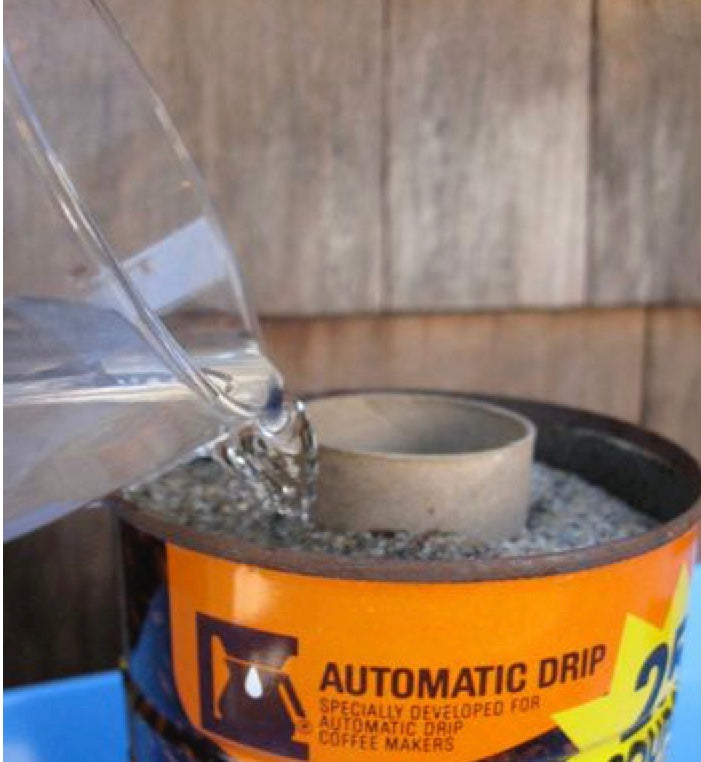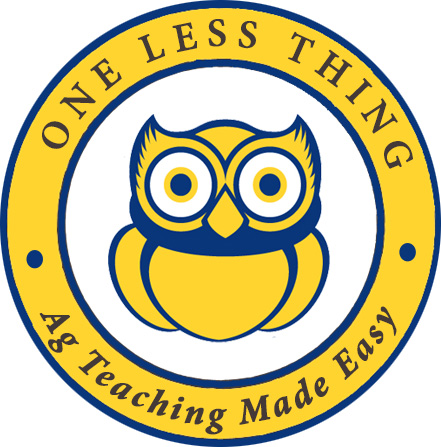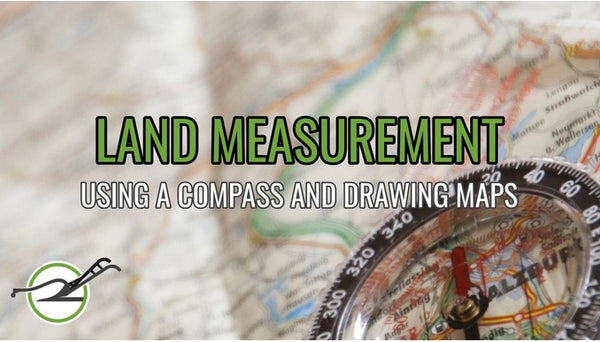Soil Science Extension Activity: How Groundwater Wells Impact Agriculture

Until I saw this lab I really never considered discussing water wells as a part of a soils unit or class. Upon reflection, the impact that water wells have on agriculture and residential life is quite substantial and students should be aware of where this water comes from, how it is used or misused, and how vital this resource is. In Nebraska alone, 90% of all residential water is supplied from groundwater wells. 8 million acres of farmland in Nebraska are irrigated from water diverted from streams or pumped out of groundwater wells.
What is so important about aquifers and groundwater wells?
As mentioned above we rely on groundwater wells as a source of freshwater that we use everyday. Students need to understand that all rainwater is not soaked up by the ground. A lot moves to streams as runoff, is soaked up in the soil zone of the earth to be used by plants or seep into streams, and some makes it to the water table to recharge the underground aquifer. Along the way the soil filters out impurities and cleanses the soil. The rate at which this occurs depends on the soil type. Sandy soil processes water a lot faster than tightly packed clay soils. So heavy clay soils have more runoff and recharge aquifers at a slower rate. Confined zones and unconfined zones determine how much water is available to pump out of a groundwater well and also how much supply is available for area streams. Unsaturated zones of soil will saturate as the water table rises. So all the knowledge your students have gained about land classes and soil types directly impacts the soil and its ability to recharge aquifers beneath these horizons.
Why should students learn about aquifers and how groundwater wells work?
The Ogallala Aquifer in the great plains is a prime example of why students should know about groundwater wells and aquifers. This aquifer lies beneath 27% of all irrigated farmland in the U.S. and is one of the largest aquifers in the world. 1/3 of the aquifer was depleted between 2001 and 2011. Only through education and better land management practices did the reliance on the aquifer reduce so that the aquifer can attempt to recharge and sustain itself as a reliable source of groundwater. But even in many communities wells are drilled deeper every year to access deeper and deeper confined zones of water that have yet to be accessed so that homes have fresh drinking water.
How can you illustrate this concept with a class activity?
Create a coffee can groundwater well
Using a cardboard paper towel tube, coffee can, fish tank gravel, and sand create a groundwater well so that students can understand how the "rain" they provide recharges an aquifer. Simply center the tube in the empty coffee can, add 2 inches of gravel between the tube and can to make a gravel base and support the tube. Then add sand to the top of the gravel until you reach the rim of the coffee can.
Alternative #1:
That's the simple version, but always strive to pour on the knowledge when you have a great activity. Instead of a coffee can use a clear or translucent milk jug. Just cut off the top half and continue as before. Now as the students add water they can see how quickly it recharges the gravel at the bottom. Will a watering can perform better than using a pitcher of water?
Alternative #2:
Substitute the rocks and gravel for soils native to your area. Heavy clays, silty loams, and clay loams will perform much different than all sand and gravel. Which one is the best to recharge? Which is the worst? How clear is the water retrieved from the "well pipe" after the recharge starts?
If you need a good idea for Topsoil Evalution take a look at this post on how Roseburg FFA compares different top soil samples.
Land Judging Activity for Topsoil Evaluation
You can extend this lab out even further, but you can decide how far is far enough in percolation, recharge aquifers, and soil permeability. if you need help because soil science isn't your strong suit, then take a look at our Soil Science curriculum. As always, we'd love to see your results. Send us some pictures on how yours turned out on Pinterest and Twitter.
Good luck and have a great week at school!



